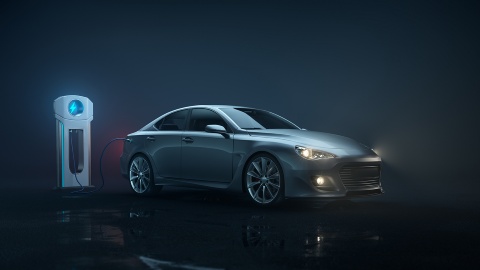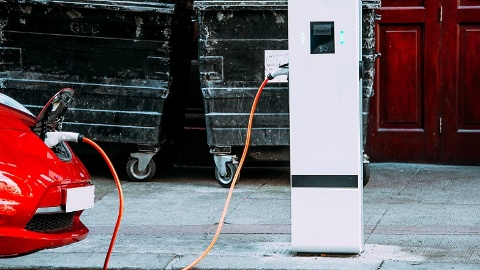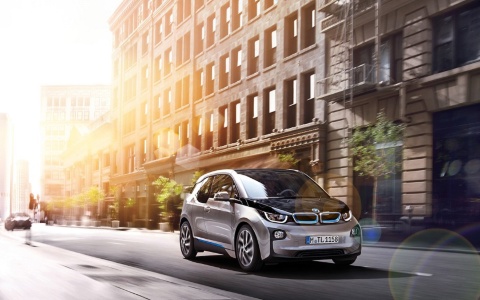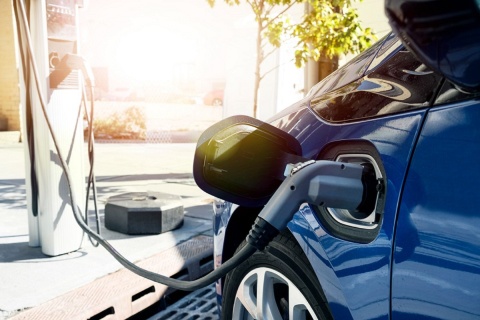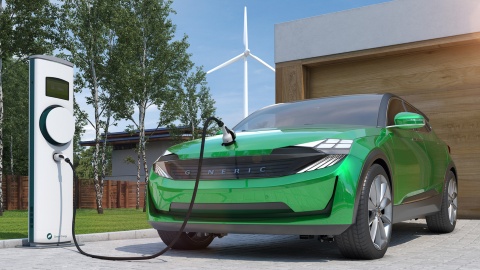The charging power is an important benchmark for the charging time and range of an e-car. In order to calculate it, you need the number of phases the connection at a charging station provides. A distinction is made between single-phase and three-phase connections.
The charging power is calculated as follows: charging power = number of phases * voltage (V) * current intensity (A)

